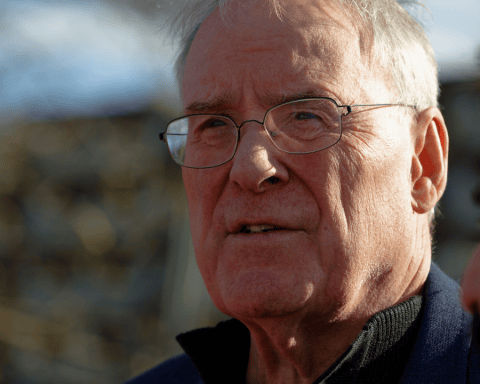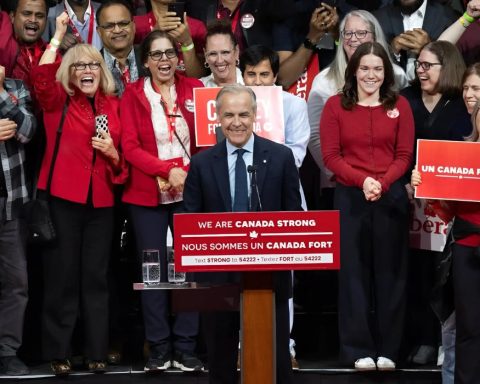Tabatha Bull is president & CEO of the Canadian Council for Aboriginal Business.
It takes courage, persistence and steadfast determination when you are fighting for equality, especially when it seems like there are endless obstacles blocking the path. Indigenous people from across Canada have been fighting for acceptance and their place at the economic table for centuries. The National Indigenous Economic Strategy (NIES), released earlier this month, stands as an important pillar of strength for Indigenous people and organizations across Canada in breaking down barriers and creating a conversation for change.
Canadian Council for Aboriginal Business is a joint member of the core working group of 20 Indigenous organizations from across Canada that jointly held the pen to create this monumental document. The NIES lists 107 economic calls to prosperity for Indigenous Canadians laid out in four pathways: land, infrastructure, people and finance.
The time is now to realize that Canada’s future prosperity will depend on the success of its growing Indigenous population. Currently, Indigenous Peoples are the youngest and fastest-growing demographic in Canada, and they are creating businesses at nine times the rate of the average non-Indigenous Canadian.
There are close to 60,000 Indigenous businesses across Canada, in every sector and size and every province and territory. And Indigenous women are leading this growth, especially when it comes to introducing new products and services and creating innovative business practices. It has been estimated that the Indigenous population contributes over $32 billion annually to Canada’s GDP, with the private sector economy contributing just over $12 billion.
The time is now to realize that Canada’s future prosperity will depend on the success of its growing Indigenous population.
As the NIES document states, “economic reconciliation is a multifaceted process that includes political and social challenges. Economic reconciliation is not possible when many Indigenous people live in poverty, have inadequate housing, and lack access to clean water and other public services.”
The history of inequality for Indigenous Peoples in Canada is well documented. In 1867, through the Indian Act, inherent Indigenous economic rights were taken away. From 1881 until as recently as 2014, the Indian Act contained a permit system to control First Nations’ ability to sell products off the reserves. And until 1951, Indigenous Peoples were not considered Indians under the Indian Act if they obtained post-secondary-school degrees, which then meant that if you were a lawyer, an engineer or a doctor, your Indian status was stripped away.
When civil liberties were taken away from Indigenous people, so were the mentors and role models for youth, as well as the opportunity for intergenerational wealth. The repercussions have paved the way to generations of financial struggle and trauma. Nothing could paint a better picture of Canada’s history of oppression of Indigenous people than the discovery last year of the 215 children’s remains confirmed at the Tk'emlups te Secwepemc institution and the thousands since at other residential “school” locations.
The discovery, which happened during the 30 months that our coalition of organizations was developing this economic strategy, provided a solemn reminder of all that our communities have lost. While we continue to be aware of the past, the NIES document lays out the necessary steps the Canadian Council of Aboriginal Business, Indigenous organizations across Canada and every Canadian must take toward making this country whole.
An essential part of that is improving economic reconciliation for Indigenous Canadians by urging corporate Canada to conduct meaningful consultations with Indigenous communities and treat them as economic stakeholders, not only through obtaining informed consent, but as equal partners.
We see leaders in corporate Canada building and benefiting from opportunities in procurement, in partnership and in investment. Corporations, investors, institutions, governments and all Canadians stand to benefit by supporting, partnering with, procuring from, and investing in Indigenous communities, businesses and peoples.
When Indigenous people do well economically, so does Canada as a whole.





